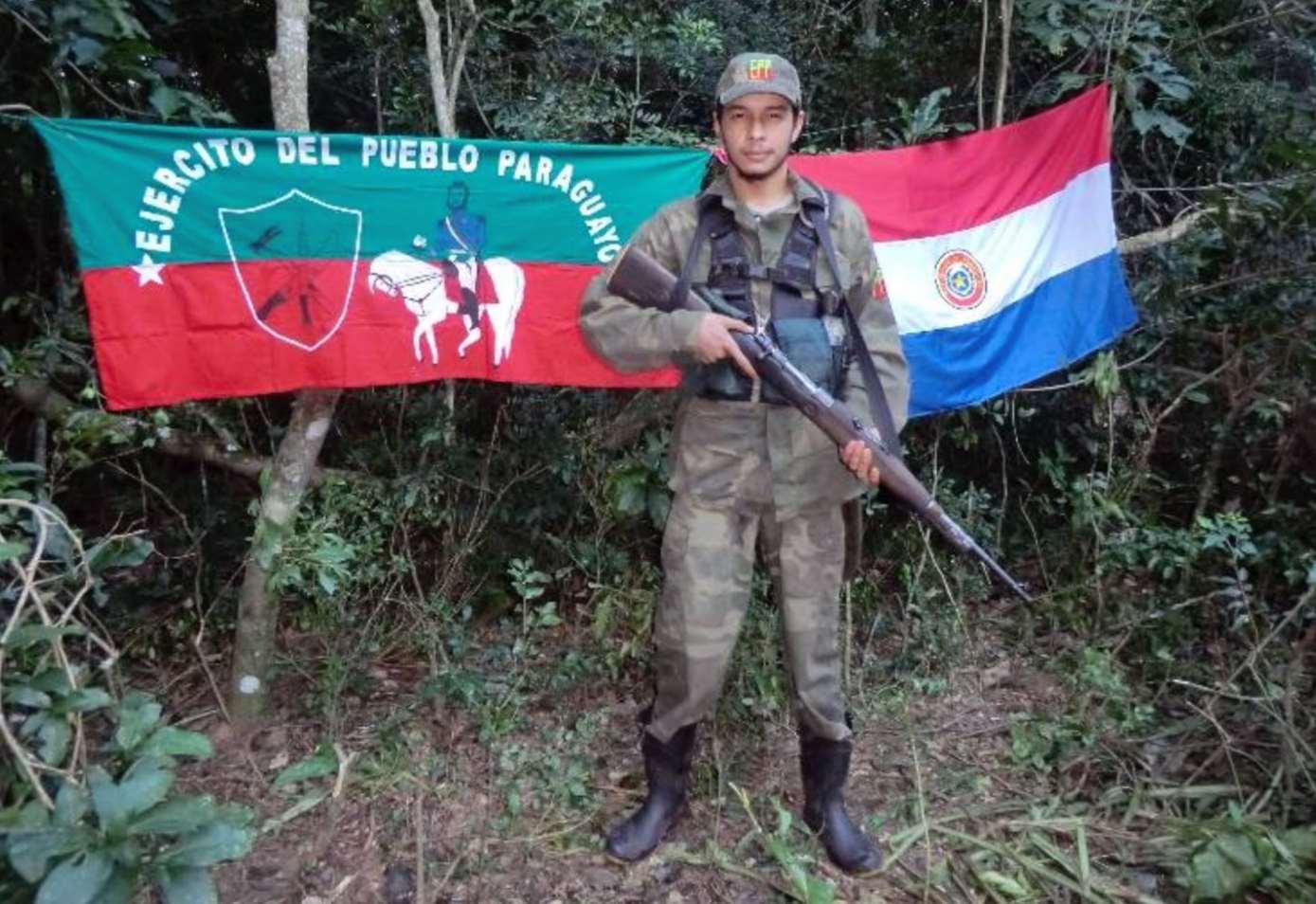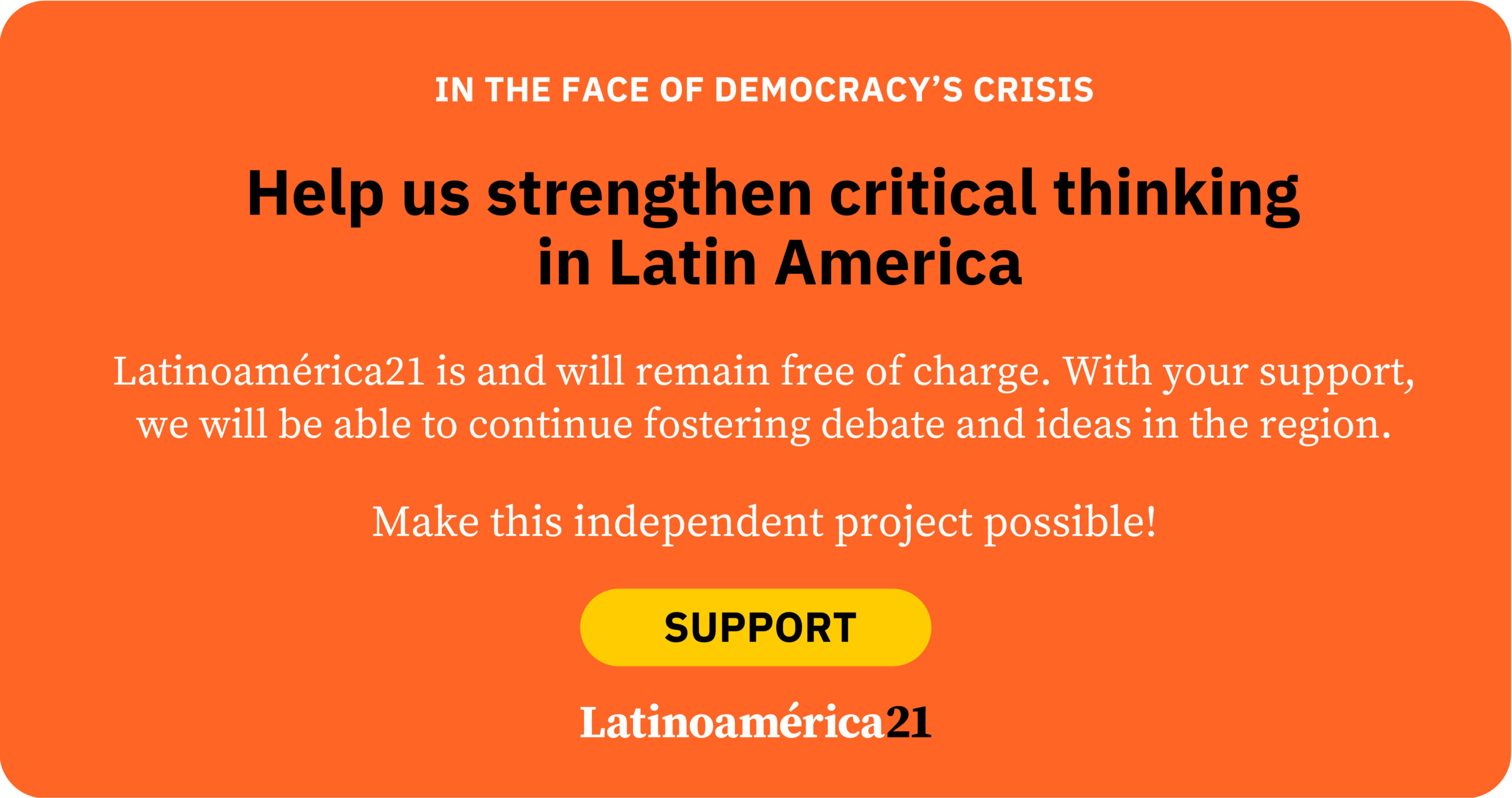On September 9, it was five years since the kidnapping of Paraguay’s former vice president Óscar Denis. His daughters have led a constant struggle to demand news from the government about his whereabouts; however, in all this time the authorities have not been able to provide answers either to his case or to that of sub-officer Edelio Morínigo, who has been held captive for eleven years. The group responsible for both kidnappings is the Paraguayan People’s Army (EPP), a Marxist-inspired guerrilla that emerged in 2008. According to official sources, it has fewer than fifteen members, although this small number has been enough to challenge the country’s authorities.
Five years after the former vice president’s abduction —an event that reflects the operational capacity of this insurgent organization— an inevitable question arises: how has the guerrilla managed to remain active for seventeen years? A possible answer can be found by analyzing its territorial dynamics of armed struggle, which sheds light on its nature.
Academic Jerónimo Ríos Sierra (2020) analyzes, from a territorial perspective, the activity and evolution of two of the most relevant guerrillas in Latin America: Shining Path (Sendero Luminoso or SL) in Peru and the Revolutionary Armed Forces of Colombia–People’s Army (FARC-EP) in Colombia. His research shows that both insurgencies followed a periphery-center-periphery logic. That is, they emerged in regions far from political centers —SL in Ayacucho and the FARC-EP in Marquetalia—, areas marked by high levels of poverty. After building up strength, they launched offensives toward the capitals (center); however, the military superiority of the states prevented them from achieving their objectives, forcing them to retreat back to the periphery, this time with no real chance of victory. In these hard-to-reach areas, the groups turned to trading illicit resources, such as coca leaves, for financing, which led to a gradual process of de-ideologization and a focus on mere survival. This dynamic explains the persistence of both groups —or their remnants— to this day.
The Paraguayan People’s Army (EPP) emerged in March 2008, a month before former bishop Fernando Lugo —candidate of the Patriotic Alliance for Change— was elected president, thus ending more than sixty years of hegemony by the Colorado Party. From the beginning, the insurgency declared itself Marxist-Leninist and advocated for the seizure of political power through armed struggle, in the style of the movements that proliferated in Latin America during the Cold War. However, its appearance in a context of democratic openness made it an anachronistic phenomenon, both nationally and internationally.
The department of Concepción, on the border with Brazil, was where the insurgency began its operations. This region is characterized by an economy based on livestock and agriculture, and by high poverty rates: 32% of its population lives in multidimensional poverty, second only to the departments of San Pedro and Caazapá (National Institute of Statistics, 2023). Moreover, it remains geographically and symbolically distant from Paraguay’s capital. These peripheral origins are shared by the EPP with its counterparts Shining Path and the FARC-EP.
When it comes to seeking centrality, the EPP has shown no signs of wanting to control Asunción. Instead, it has consolidated its refuge and main theater of operations in the country’s northern region, particularly in the departments of San Pedro, Concepción, and Amambay. According to the Paraguayan government, this armed group has financed its activities through kidnapping landowners, extorting the population, as well as cultivating and trading marijuana. It has also been accused of recruiting minors into its ranks.
At the same time, it has gained a degree of support among peasant sectors by presenting itself as a defender against abuses by local landowners, some of them of Brazilian origin. This reflects an ambivalent relationship of support and coercion toward the local population, in a logic similar to that of other Latin American guerrillas.
As for the government’s offensive, in 2013 the Joint Task Force (FTC) was created to stop the EPP and prevent it from expanding its area of operations into urban zones. However, its deployment in the north of the country has been questioned both for the lack of decisive results and for repeated reports of human rights violations in rural communities. Paradoxically, these abuses have ended up favoring the guerrilla, fueling discontent among the population against the security forces.
Thus, the EPP has not followed the periphery-center-periphery logic observed in insurgencies such as Shining Path or the FARC-EP. While it emerged in the periphery, all indications are that it learned from the experience of other movements and understood that seeking centrality would compromise its survival; this led it to consolidate itself in the rural areas where it operates. This trait can also be understood within its historical context: the EPP emerged when the Soviet Union no longer existed as a beacon or model to follow, which reaffirmed its isolation in the periphery.
As for its resources, they come from activities historically employed by rural guerrillas. However, regarding an illicit resource such as marijuana, in 2008 —the year the guerrilla emerged— the UN Office on Drugs and Crime’s World Drug Report stated that Paraguay was cultivating more than half of all clandestine production in South America. The departments of San Pedro, Concepción, Canindeyú, and Amambay have concentrated most of that production, areas where the EPP finds refuge.
Based on Ríos’s framework, it can be observed that the Paraguayan insurgency has followed a particular logic by deciding to remain in its place of origin: a zone that already contained a key illicit resource, marijuana. It has adapted to that context, raising the following question: did it establish itself in the periphery for tactical reasons or with the aim of exploiting illicit markets from the outset? Its late emergence could be linked to Stroessner’s dictatorship, the longest in South America. However, it is striking that it emerged at a time of democratic openness and with the arrival of a progressive candidate to the presidency.
The EPP occasionally carries out ambushes against security forces and kidnaps prominent figures, such as former vice president Óscar Denis. These actions grant it some visibility, but they also entail risks: too much exposure can become counterproductive for its survival. It is essential to analyze this armed group and to recognize the struggle of the families of its victims, since what is not named in the public sphere does not exist. Likewise, it is necessary to acknowledge the challenge the EPP poses to the Paraguayan state and to consider that confronting it solely from a counterinsurgency logic may not be the most effective strategy. Otherwise, the end of this insurgency will hardly be in sight in the short term.
*Machine translation, proofread by Ricardo Aceves.














